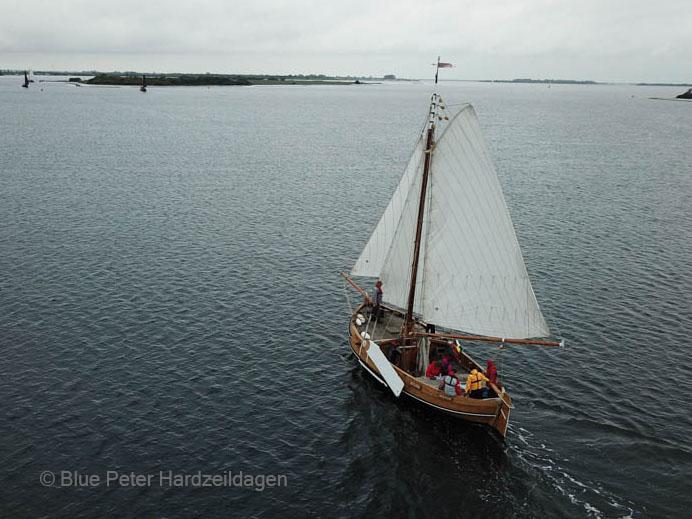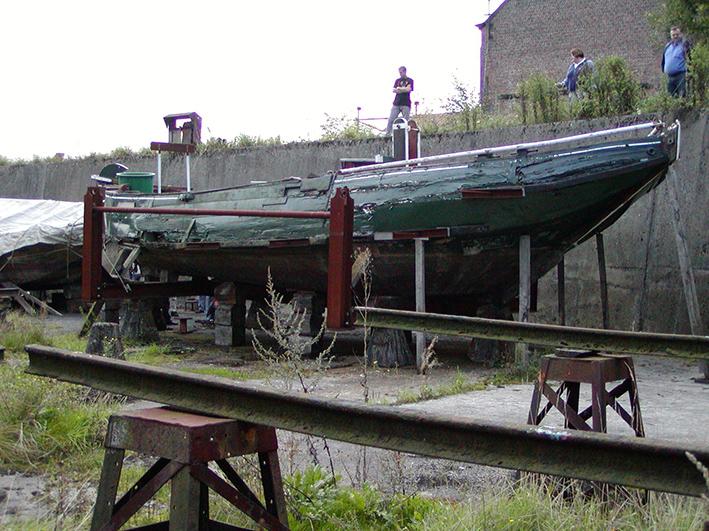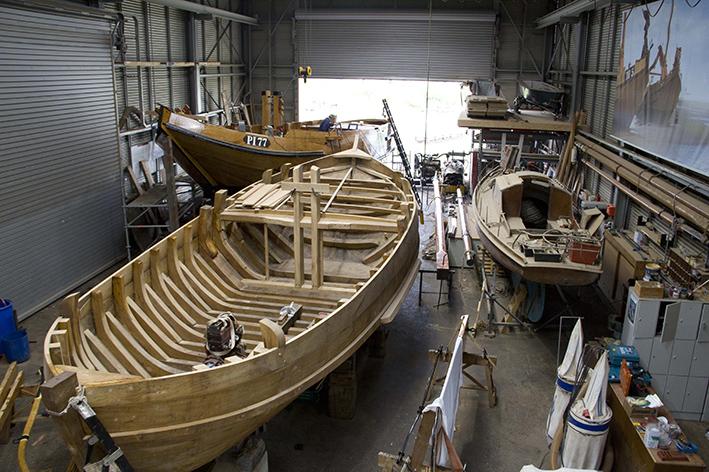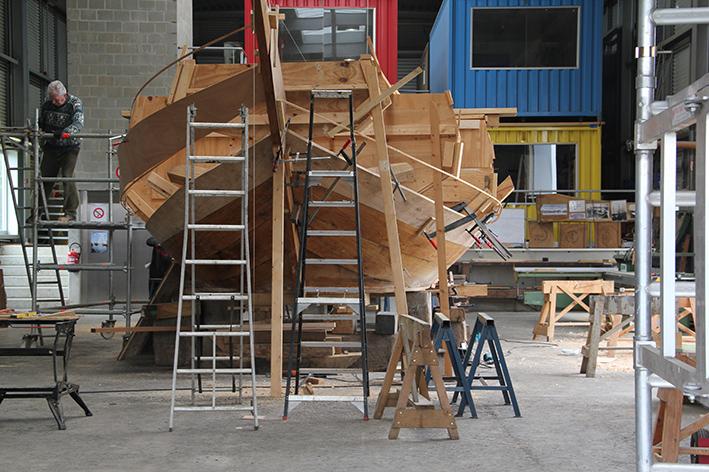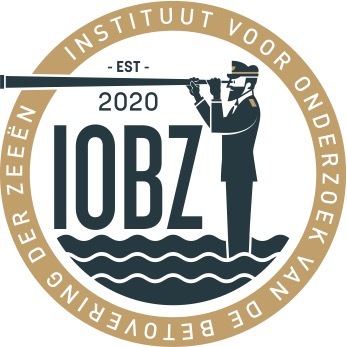Pegasus
The 'Pegasus' was built in 1900 at the Verras shipyard in Paal. Little is known about its early years, but around 1920, the ship sailed under the name 'Pax' with Belgian owners. After World War II, more details emerged: between 1947 and 1958, Robert Wackens from Antwerp owned the vessel, followed by J.W.A. Diderich from Blaricum. The ship then changed hands several times until its trace disappeared in 1973. Later research confirmed that this Pegasus was indeed the old 'Pax'.
In 2001, retired fisherman Cor Drijver discovered the ship in poor condition in a canal in Leiden. He recognized it as a 'hengst', a traditional Zeeland fishing boat used for harvesting mussel seed in the Wadden Sea. The 'Pegasus' was heavily damaged and partially burned, but Drijver started a makeshift restoration. Due to his advanced age, he handed the vessel over to Tolerant, an organization experienced in restoring historic ships.
With the help of volunteers, the 'Pegasus' was towed in stages to different shipyards, but restoration proved impossible. It was then decided to fully document the ship’s dimensions and build a replica. This unique project began in 2008, with the old 'Pegasus' serving as a reference. Eight years later, in 2016, the new 'Pegasus' was ceremoniously launched during Het Weekend Op de Helling.
The christening was performed by Frieda Van Beylen, widow of maritime historian Jules Van Beylen, and Franke Lok, Honorary President of Tolerant. The christening water was a mixture of spring and estuary water from the Scheldt. With this launch, the 'Pegasus' became the third major replica project in Flemish maritime heritage, following the 'Sint-Pieter' in Blankenberge and the 'Gentse Barge'.
